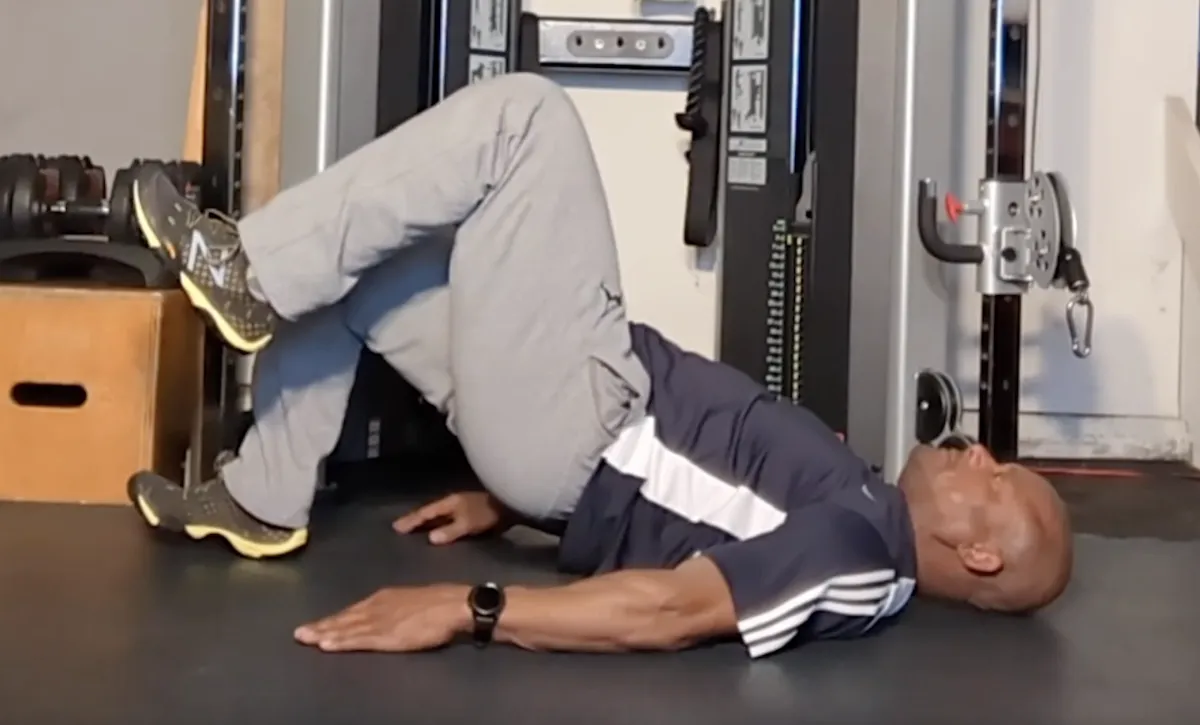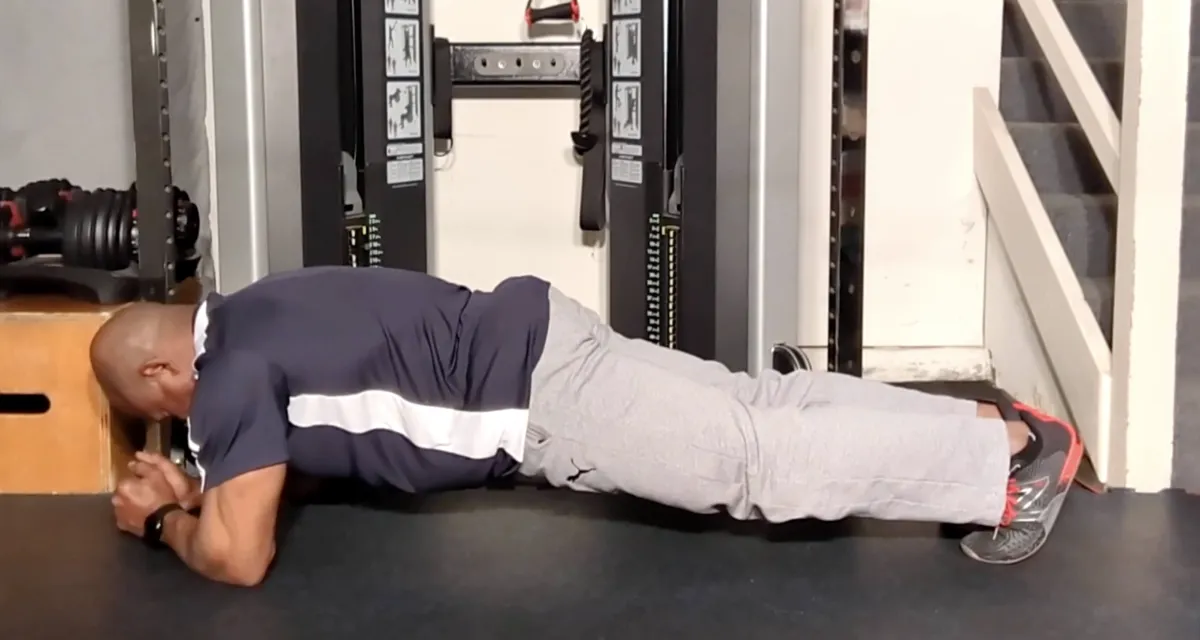
RESOURCES

Strengthen Your Shoulders to Reduce Shoulder Pain: Exercises You Can Start Today
Shoulder pain is a common issue that can significantly impact daily activities and overall quality of life. One effective way to alleviate and prevent shoulder discomfort is by strengthening the muscles surrounding the shoulder joint. Incorporating targeted exercises into your routine can enhance stability, improve posture, and reduce the risk of injury. Below are three exercises designed to strengthen your shoulders and promote pain-free movement.
1. Shoulder External Rotation with a Mini Band

This exercise focuses on the external rotators of the shoulder, crucial for maintaining joint stability and proper posture.

How to Perform:
· Secure a mini resistance band around both wrists.
· Stand or sit upright with your elbows bent at 90 degrees and tucked close to your sides.
· Keep your palms facing each other or upward, depending on comfort.
· Gently press your wrists outward against the band's resistance, ensuring your elbows remain stationary at your sides.
· Hold the end position for a moment, then slowly return to the starting position.
· Repeat for 10-15 repetitions.
Benefits: Strengthening the external rotators enhances shoulder stability, reduces the likelihood of impingement, and supports proper alignment during various movements.
2. Prone Shoulder Press

The prone shoulder press targets the shoulder muscles, particularly the deltoids and stabilizers, promoting strength and endurance.

How to Perform:
· Lie face down on the floor with your arms bent, elbows at 90 degrees, and hands positioned near your shoulders.
· Engage your core to maintain a neutral spine throughout the exercise.
· Slowly lift your elbows slightly off the ground while extending your arms forward, simulating a pressing motion.
· Avoid overarching your lower back; the movement should come from your shoulders and upper back.
· Return to the starting position with control.
· Perform 10-12 repetitions.
Benefits: This exercise strengthens the shoulder muscles in a position that minimizes joint strain, making it suitable for individuals experiencing shoulder discomfort.
3. Pendulum
Incorporating a shoulder mobility routine can enhance flexibility and reduce tension in the shoulder muscles.
How to Perform:
· Lay flat on an exercise ball at so that it supports your thighs and abdomen
· Raise your arms to forward shoulder height, keeping them straight.
· Slowly move your arms down towards the floor and back up to your waist, while rotating your palms away from your body, thumbs to the ceiling.
· Like the pendulum of clock bring your arms back down towards the floor and begin again.
· Complete 10 cycles.
Benefits: This routine improves shoulder mobility, increases blood flow to the muscles, and prepares the shoulders for more strenuous activities.
Incorporating These Exercises into Your Routine
· Frequency: Aim to perform these exercises 2-3 times per week, allowing at least a day of rest between sessions to promote muscle recovery.
· Progression: Start with a resistance level that challenges you without compromising form. Gradually increase the resistance or repetitions as your strength improves.
· Warm-Up: Prior to engaging in these exercises, perform a general warm-up, such as light cardio or dynamic stretching, to prepare your muscles and joints for activity.
Additional Tips for Shoulder Health
· Maintain Proper Posture: Be mindful of your posture throughout the day. Avoid slouching or rounding your shoulders, as poor posture can contribute to muscle imbalances and pain.
· Ergonomic Workspace: Ensure your workstation is set up to promote good posture, with your computer monitor at eye level and your chair providing adequate support.
· Listen to Your Body: If you experience pain during any exercise, stop immediately and consult a healthcare professional to assess your technique and overall shoulder health.
By integrating these exercises into your fitness regimen and adopting shoulder-friendly habits, you can strengthen your shoulders, alleviate existing pain, and reduce the risk of future discomfort. Consistency and proper form are key to achieving optimal results and maintaining shoulder health.
As always, the quality of our lives is directly proportional to how well our bodies function.
Sheila Mann's Testimonial
Sheila Mann doing Suspension Strap Push-ups on an elevated Single Leg.
Just another Saturday Workout Part 2
Spray Tan Fitness
Dreams or Goals
Intro to Self-Myofascial Release
Self Massage using the Energy F X Tube (Upper Body)
Self-Massage for Lower Body using Energy F X Tube (IT Band , Glutes)
Level 3
This is our advance level. In this level you will be asked to increase the challenges to your strength, balance and to some degree, your conditioning. We continue to focus on the major joints of the body (hips, shoulder, and knees) with the added challenge of resistance. This level also includes the added challenge of coordination, as many movements require the integrated movement of both upper and lower body.

Level 4
This is our premium level. In this level you will be asked to significantly challenge your body through increased demands on your functional core strength in movements that will significantly challenge your balance and strength simultaneously. Here we will ask you to begin to optimize your balance, core activation, and improved range of motion in a functional aspect – integrated movement of both upper and lower body, but at a higher level of accountability.

